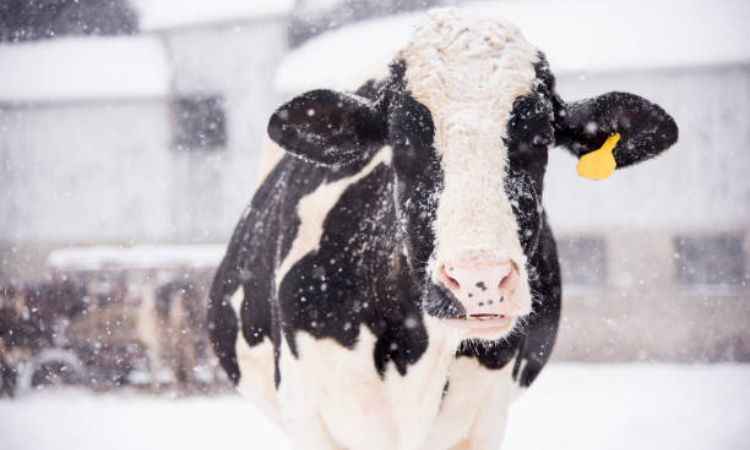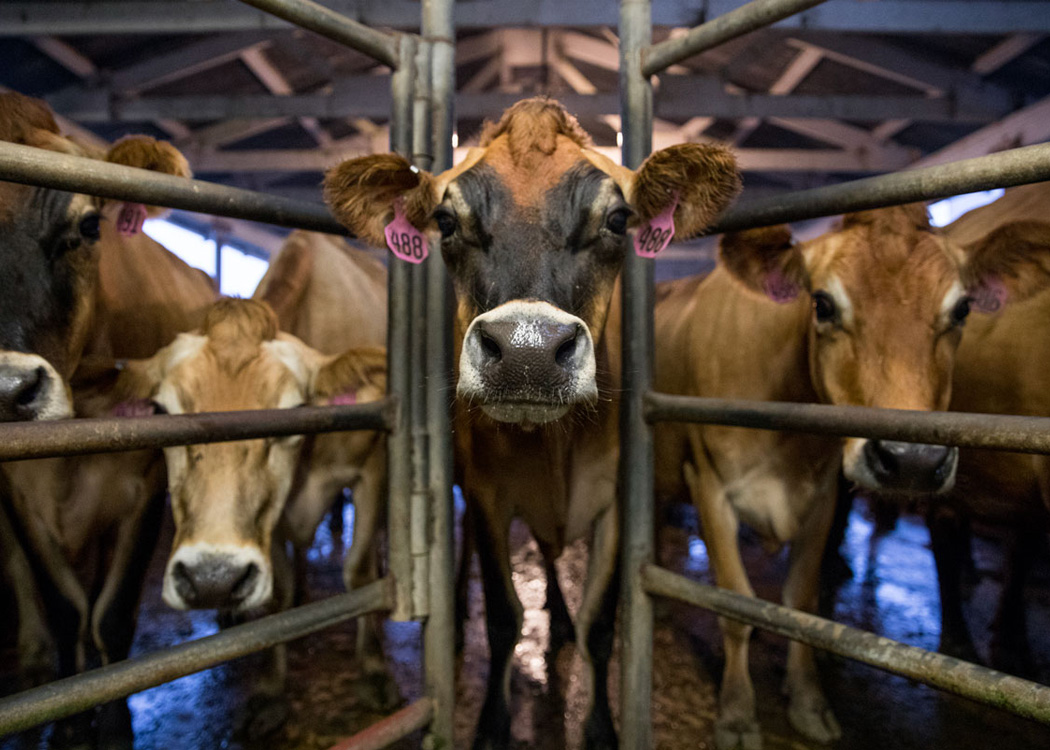The winter season has started in the country after arrival of November. Traditionally farmers follow the conventional method of farming and do not follow the proper management strategies which result in the form of milk production loss due to stress and cold weather. Management is the key to improve production in livestock. During winter time animals used to go under cold stress which has a direct effect on their health and productivity.
In this crucial time extra care and attention should be provided to animal through proper shelter, lukewarm water and adequate nutritional food for improving health. During wet and cold conditions dairy cows have increased stress which leads to lower production. There are some physiological as well as behavioral changes noticed in animals during cold season.
THE SHELTER
Livestock’s maintenance nutritional requirements can increase significantly during cold weather. Lowest critical environmental temperatures (LCT) for livestock vary according to species and researchers, but livestock can tolerate 20° or 32°F without additional energy demands. To protect animals from a sudden drop in temperature, keep the animals in a covered shed/area during the night. curtains can be used in shelter which can be made of bamboo, dry grass, paddy straw, polythene etc. Branches of trees can be chopped around the shelter for better sunlight which provides warmness and natural disinfectant of the house. Bedding material should be kept warm by providing dry grass, rice husk, etc. Open paddocks should be kept for direct sun exposure for animals.
FEEDING AND WATERING
Providing an adequate amount of feed and water, this is the most important part of winter management. The dairy animals have to adjust themselves with the surrounding temperature in order to keep healthy. In order to deal with colder temperature, dairy animals grow a thick winter coat and enhance their production of body heat. They accomplish this by increasing their heart rate and respiration therefore fasting blood flow to keep extremities from freezing. Although such physiological response, enable cows to withstand extremely low temperatures in relative comfort, they also require more feed in order to maintain the body and production. The dairy animals may require up to 20% more feed during cold weather. During this critical time, animals should be provided with nutritious and balanced food, like berseem, various types of cake such as mustard cake, groundnut cake, cottonseed cake, and soya bean flakes that are mostly protein-based, can be given. Luke warm water for drinking should be provide due to intake of cold-water consumption may be decreased. Significantly thyroid function and fat metabolism increased in response to cold stress. Increase adding of fat or a mixture of oil cake in ration to produce more heat. To sustain the milk production and the body heat of the dairy animals, feed more roughages such as hay straw and forages like berseem.
ESTIMATION OF COLD STRESS EFFECT ON DAIRY CATTLE
In various studies, Researchers determined the changes in some physiological parameters in heifer exposed to an extremely cold microclimate in winter; low temperatures significantly increased the concentration of free fatty acids (FFA) and thyroxine observed in Dairy cattle housed under cold conditions, a higher red blood cell count and hematocrit, and increased plasma glucose and FFA concentrations in comparison with the control. Serum triiodothyronine and thyroxine were slightly elevated. The exposure of a lactating dairy cow to a continuous environmental stressor, over-compensating physiological adjustments lead to a marked decline in milk production. During this season many animals often refuse to eat, become pneumonitis. This affects the milk production, health, and reproduction of the animal.
PROTECTIVE MEASURES TO PREVENT THE EFFECT OF COLD STRESS
It should be managed by the increase of shed temperatures because heating supply in the winter can keep the calf healthy with less chances of calf pneumonia, diarrhea and mortality.
One can reduce humidity to ensure better ventilation, preventing excessive moisture in sheds, roof dripping and ground freezing phenomenon. Ventilation should be carried in the afternoon. In the afternoon, sunlight is important, the cattle should be kept out of the shed. Bedding should be provided to protect them from the cold floor. Prevention of cold drought because cows need dry, drought-free resting area. Lastly, after milking the cow, dry the teats using a paper towel after dipping and protect the animal from Frostbite.
By:
Muneeb Ur Rehman Gabol and Abdul Rehman Arain






